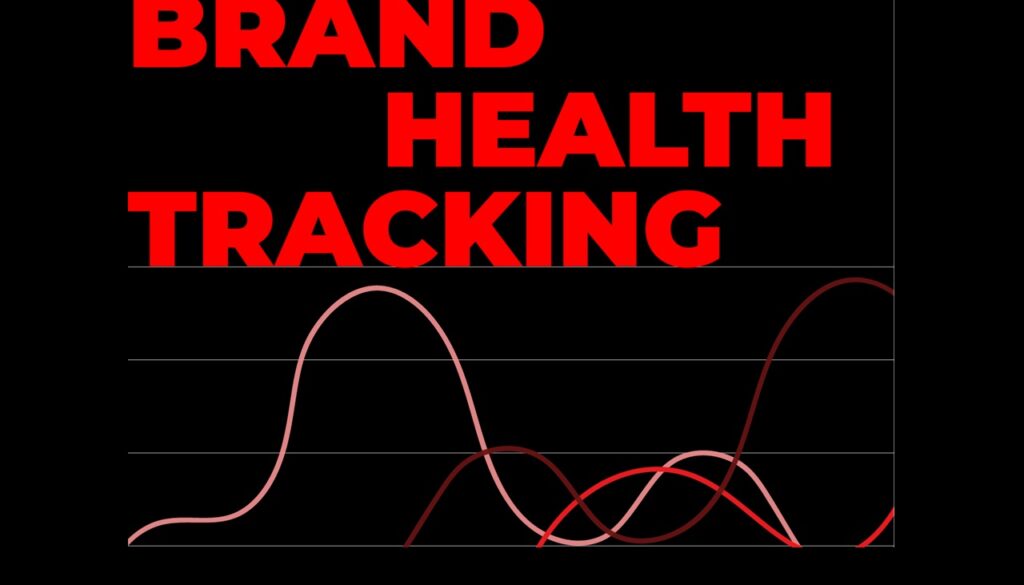Establishing and maintaining a robust brand is pivotal for the longevity and success of any business. The concept of ‘brand health’ encompasses a multitude of dimensions, including consumer perceptions, market position, and financial metrics. At the core, a healthy brand can sustain consumer loyalty, attract new customers, and withstand market turbulence. This article explores how businesses of all sizes can utilise strategies for brand health tracking to ensure enduring success.
Understanding Brand Health
Brand health is essentially a measure of a brand’s current position and its potentials for future growth. It encompasses aspects like brand awareness, equity, and loyalty, and is an indicator of how effectively a brand resonates with its target audience. A favourable brand health status implies that a brand is well-received, recommended by users, and has a competitive edge in its niche.
Indicators of Brand Health
Several indicators work collectively to present an accurate picture of brand health. These include brand recognition, market share, consumer satisfaction, and brand equity. Equally important are the marketing effectiveness and the brand’s ability to adapt to changing consumer behaviours and market conditions.
The Significance of Brand Health Tracking
Brand health tracking is critical because it equips businesses with the data necessary to make informed decisions. It allows brand managers to decipher trends, identify weaknesses, and uncover opportunities for growth. Furthermore, tracking brand health aids in evaluating the success of marketing campaigns and strategies, ensuring that resources are allocated efficiently.
Identifying Potential Issues Early
Regular assessment of brand health can reveal potential problems before they grow into significant threats. Issues like a gradual decline in customer loyalty or an uptick in negative sentiment can be addressed promptly if they are identified early through diligent tracking.
Methods of Brand Health Tracking
There are numerous methods to track brand health, from customer surveys and sentiment analysis to social media monitoring and competitive benchmarking. Advanced analytics and quantitative research play a significant role in measuring brand metrics and interpreting consumer feedback.
Quantitative Research in Action
Quantitative research is one of the more empirical methods used to track brand health. It involves collecting numerical data that can be statistically analysed to provide a clear picture of the brand’s performance in various aspects. This data-driven approach is essential for setting benchmarks and establishing KPIs that align with business objectives.
Utilising Data to Enhance Brand Strength
Once data has been gathered through brand health tracking research methods, the next step is to leverage this information to make strategic improvements. Companies can utilise this data to refine brand positioning, improve customer experiences, and tailor marketing messages to better meet consumer expectations.
Transforming Feedback into Strategy
Customer feedback is an invaluable component of brand health data. Analysing feedback provides insights into customers’ needs and preferences, allowing brands to adjust their strategies accordingly. This can lead to better product development, improved service offerings, and more personalised customer interactions.
Remaining Adaptable and Responsive
In a rapidly changing market, a static brand is often a sinking brand. Brands that continuously monitor their health are better equipped to respond swiftly to shifts in consumer behaviour or new market entrants. Being adaptable is not merely a survival tactic but a key to thriving in a competitive landscape.
Embracing Change Proactively
Proactive brands that eagerly embrace change can use brand health data to pre-empt market trends and innovate ahead of competitors. By anticipating customer needs and adjusting strategies in advance, these brands can maintain a strong market position and foster continuous growth.
Challenges in Brand Health Tracking
While the benefits of brand health tracking are evident, there are challenges too. It requires consistent effort, resource allocation, and the integration of multiple data sources to construct a comprehensive view. Additionally, interpreting the vast amounts of data collected can be complex, necessitating expert analytical skills.
Overcoming Analytical Hurdles
To overcome these challenges, many organisations turn to specialised research agencies that offer expertise in quantitative research to provide actionable insights. Partnering with research experts ensures that data interpretation is accurate, relevant, and aligned with the brand’s strategic goals.
Conclusion
The health of a brand is not a static measure but a dynamic one that requires ongoing attention. Mastering brand health tracking is not just about collecting data; it’s about understanding what the data is saying and using that knowledge to chart a course towards sustained business growth and success. The power of brand health data, when harnessed correctly, can be the compass that guides a brand towards long-term success and stability in the marketplace.
Brands that are vigilant in monitoring their health and flexible in implementing changes stand the best chance of maintaining resonance with consumers and enjoying enduring success. As such, making a commitment to continuous brand health tracking and improvement should be a top priority for any brand looking to secure its future in a competitive business environment.

